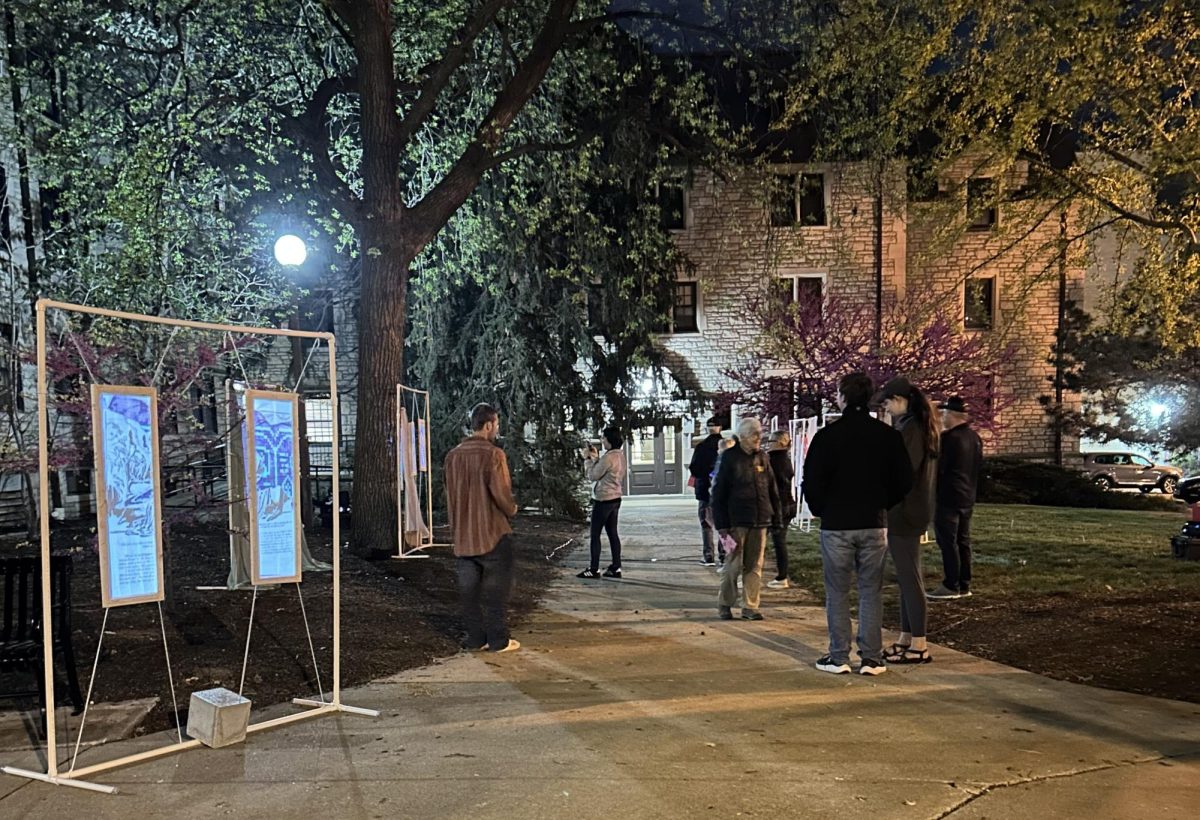The Department of Residential Life will begin demolishing Jones Hall in spring 2015 to make way for two new residence halls.
Jones will be the tallest building to be torn down as part of the [Residential Life Master Plan](http://reslife.missouri.edu/RLMPnew/) to renovate all residence halls on campus.
ResLife Director Frankie Minor said tearing down Jones will be beneficial in the long run. He said the two new buildings will be able to hold 291 and 282 students, respectively, resulting in a net gain in living space compared to the 330 beds currently in Jones.
Minor said students from Jones will be placed into other residence halls for the spring semester. The exceptions are students who are moving into fraternity and sorority houses, studying abroad or leaving the university.
“It’s been the plan to demolish the hall for over a year,” said Jones Hall Coordinator Adam Callahan. “And the information has been on the website the whole time, so ideally they already knew coming in.”
Freshman Abby Kielty, currently a Jones resident, said many residents there are stressed by the upcoming move.
“I’m a little nervous,” she said. “We haven’t gotten our room assignments yet, which is kind of stressful, but I’m glad I got to spend one semester here because it’s been a great experience.”
Callahan acknowledged that moving in the middle of the year can be difficult and said ResLife is working to address residents’ concerns.
“It can be stressful,” he said. “There have been people who have had questions, people who have had concerns, but … I’ve talked to multiple people and allayed their fears.”
Minor said ResLife cannot guarantee to keep roommates together but will try its best. He said those who cannot be kept together are placed as close to each other as is possible.
Freshman Sarah Jones, another resident of the hall, said ResLife has helped make the transition easier for residents.
“It doesn’t really bother me too much (because) they have a moving company, so I don’t really have to do much,” she said. “I just put it all in a box, and they move it for me.”
Minor said students’ belongings will be waiting for them in their new rooms upon returning from break.
Freshman Grace Hemming, who also currently lives in Jones, said having to move in the middle of the school year is problematic.
“I don’t really understand why they did it at the semester,” she said. “It kind of stinks for all of us. I think it will be cool once it’s all done, (though).”
Minor said though closing the residence hall in the spring can be tough on students, it is the best option for ResLife. He said that since eight to nine percent of students move out of residence halls at the start of the spring semester, there are fewer people occupying beds on campus.
Because demolition and reconstruction take about 16 months, he said, closing buildings in the spring results in only one fall semester when the space is unavailable.
Relocating an entire hall of students is nothing new to ResLife. Minor said the department still had enough room for all residents even when Hatch and Schurz halls, which each have more than 500 residents, were closed for renovation.
Minor said Jones staff will be given new positions, except for those who signed on solely for the fall 2014 semester.
“Some (staff) were placed there because they’re graduating or studying abroad,” he said.
Additionally, ResLife plans to tear down and replace Lathrop, Laws and the Pavillion at Dobbs and replace them with three new halls, increasing the number of beds by roughly 260.
The demolition and construction at Jones Hall are expected to cost $71 million out of an estimated $483 million budget for the Master Plan.











